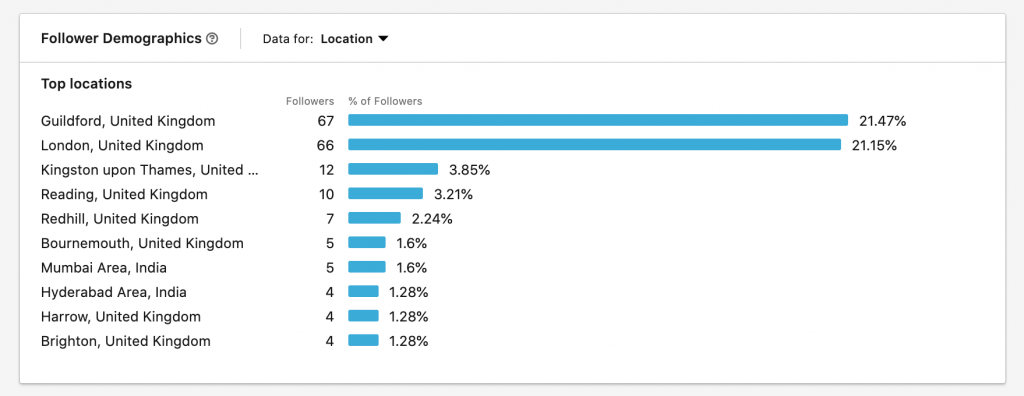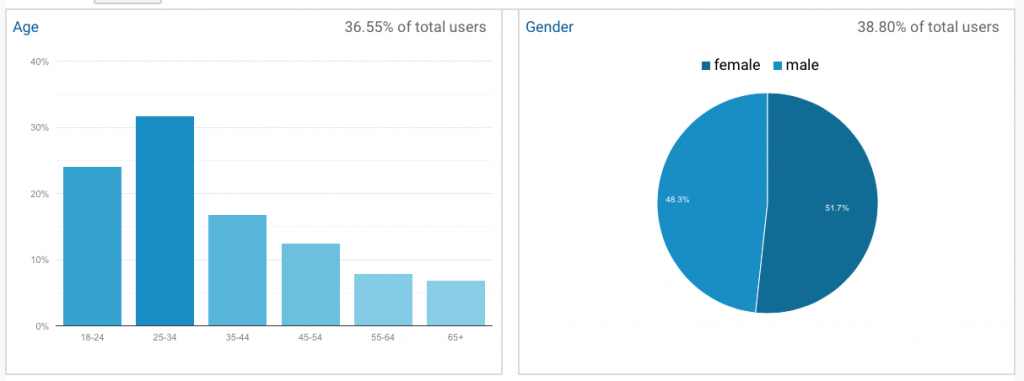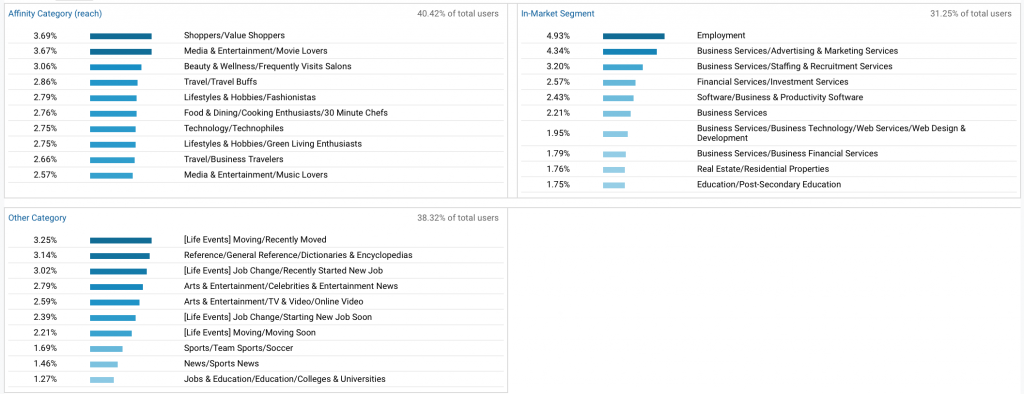

“Good fortune is what happens when opportunity meets with planning.”
– Thomas Edison
Success that comes out of spontaneity is usually down to good luck. Without a clear plan for your business, it’s difficult to know how to build credibility and a customer base. Not only this, it’s knowing how to measure success, what to focus on and your next steps. Enter your business marketing plan.
A marketing plan is a report that outlines your marketing strategy for the coming year, quarter or month. Typically, a marketing plan includes:
- An overview of your business’s marketing and advertising goals.
- A description of your business’s current marketing position.
- A timeline of when tasks within your strategy will be completed.
- Key performance indicators (KPIs) you will be tracking.
- A description of your business’s target market and customer needs.

Can you break it down?
Of course! We’ve combined two simple approaches to build your marketing plan in five steps:
(Credit to the good folks at Smart Insights and Hubspot)
1. Situation analysis – first you must understand customers
As you’ll no doubt know by now, at DPC+UP we go crazy over personas! But this step is a little more in depth than that. It could involve conducting feedback surveys and interviews with your customers.
But it’s important you ask the right questions, in the right way. What do we mean by this? Not saying that there is such thing as a stupid question… but you need to be in touch with how a customer actually thinks. Take this classic example:
Essentially it’s the kinds of questions we recommend when you build your personas. So you want to include:
- What problems do they all have in common?
- How do you solve your customers pain points?
- What motivates them to buy?
- How do you help them succeed?
If you’re a start-up or are looking at expanding your services to a new sector, it’s worth exploring insights online. Partnering with a market research agency can prove helpful, as this is second nature to them.
2. Situation analysis – marketing audit: where are we now?
Once you understand your customers’ sentiments, it’s time to review the business. This analysis includes industry benchmarks. Look for data on things like average number of employees, earnings, turnover etc. and then looking at where you rank.
It’s also a good opportunity to do a SWOT (strength, weakness, opportunity, threat) analysis on your competitors.
The McKinsey 7S framework of business. Taking a holistic look at the business, thinking about Strategy, Structure, Systems, Staff, Style, Skills and Shared values forms a base for your SWOT.
3. Objectives – sustainable goals: where do we want to go? (SMART)
In case you’re not an acronym whizz kid, SMART objectives stands for:
Specific
Measurable
Achievable (or sometimes agreed)
Realistic (or relevant)
Time based
In essence, these should cover all areas of the business as opposed to focussing on sales. They should combine number driven as well as softer objectives.
In particular, Smart Insights suggests creating SMART objectives such as:
- The sales forecast; sales figures, number of new clients wanted?
- Customer service; how can you improve the service to customers?
- Communication (speak) providing information to clients?
- Saving time, increasing your business efficiency and reducing costs?
- The wow factor! Adding sizzle to make your business stand out from the crowd?
4. Analysing your tactics
Here’s where you start to pull things together. You’ve written your goals, you know your target audience and you’re familiarised with the bigger picture (and the detail) of your business. So it’s time to start linking up the puzzle pieces:
For example, if your goal is to increase your Instagram followers by 15% in three months, your tactics might include hosting a giveaway, responding to every comment, and posting three times on Instagram per week.

5. Setting your budget
Last but no means least, it’s time to look at your budget.
While you’re writing out your tactics, be sure to note an estimated budget. You can include the time it’ll take to complete each tactic in addition to the assets you might need to purchase, such as ad space.
You’ll want to consider costs for marketing activities such as PPC, if you plan to hire an agency, or if you need to refresh your website.
What you discover may surprise you!
You might find that your branding doesn’t resonate with your customers as well as you thought. Or that your website isn’t hitting your targets. Understanding your business holistically is crucial for knowing what areas of your marketing arson needs more attention.
Branding
For example, we recently worked with Grayce on a refresh of their branding. They wanted to modernise their look and improve their engagement.
Find out how we worked with the team at Grayce
Website design
Azets was originally an umbrella company with hundreds of independent accounting firms underneath them. When they decided to rebrand as a single entity in September 2020, they asked us to redesign their website to reflect this. With over 2,500 redirects from the original websites, it was by no means a small task!
Read more about what this website redesign entailed.
Brand activation
Before Mum&You launched their subscription service in the UK, they knew they needed outside help to achieve their goals. Through a mix of online advertising, served over Google Adwords, YouTube ads, remarketing and social media ads, we helped set them up for success. Additionally, we built their e-commerce website, allowing them to customise options for their customers such as recommended products.
Find out how we worked with Mum&You on their brand launch.
Makes sense, sounds like a LOT of work… do I really need one?
Sure, creating a marketing plan does sound like a lot of time and effort. But having a clear idea of what you want to achieve allows you to understand how to get there, and demonstrates measurable targets.
If you’re not sure you have the time or you need someone to bounce ideas off, partnering with an agency could help. Whether you need more resource or want to delegate a project elsewhere, we will work with you in whatever way helps achieve your goals.
















 #2 LinkedIn
#2 LinkedIn





Recent Comments